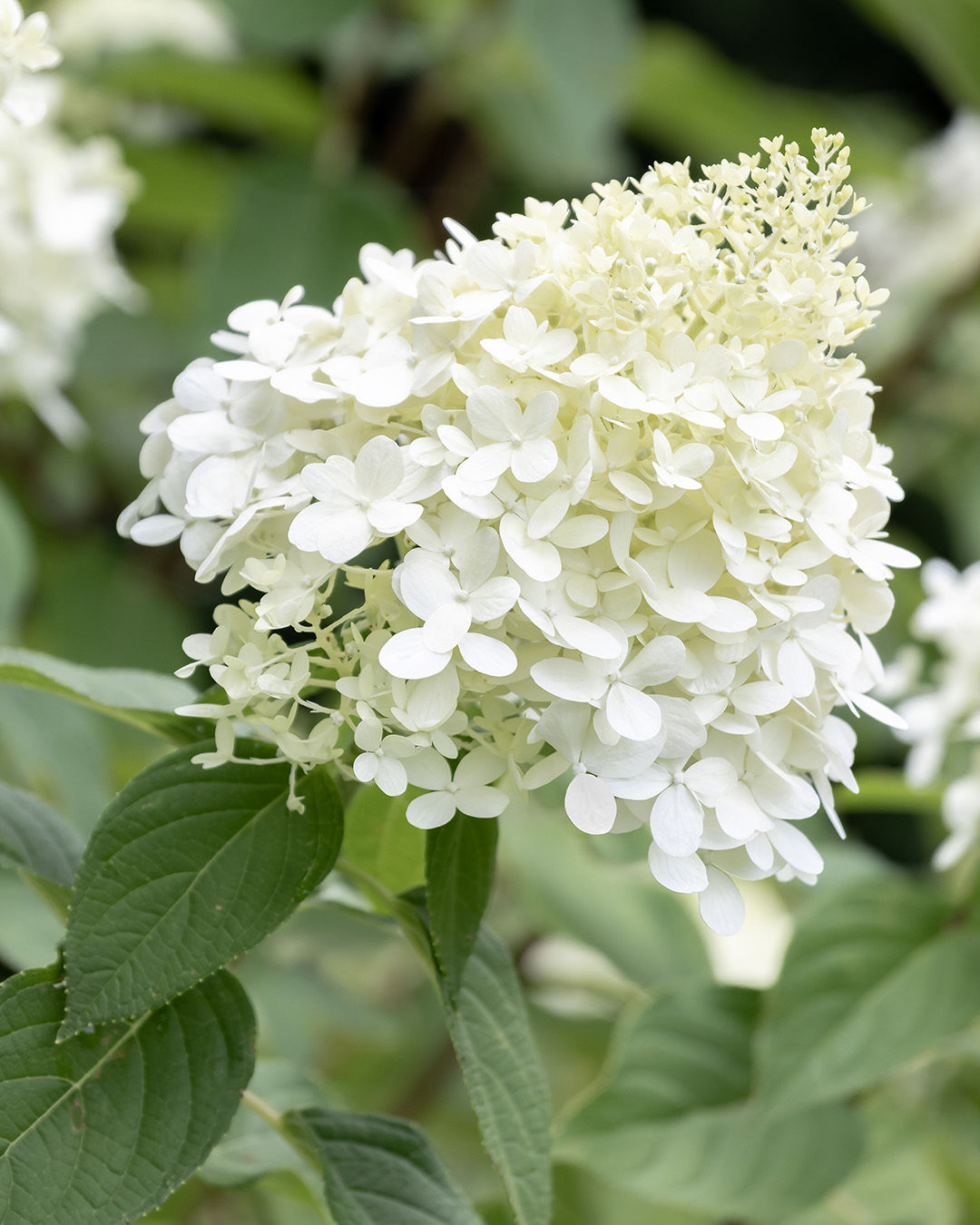Not known Incorrect Statements About Hydrangea Leaves Turning Yellow
Table of ContentsThe Ultimate Guide To Hydrangea Leaves Turning YellowHydrangea Leaves Turning Yellow Fundamentals ExplainedThe 10-Minute Rule for Hydrangea Leaves Turning YellowSome Ideas on Hydrangea Leaves Turning Yellow You Need To KnowThe Definitive Guide for Hydrangea Leaves Turning Yellow
Huge fallen leaves frequently look saggy throughout the afternoon warm. When they fail to perk up in the evening or still look shrivelled in the early morning, your plant can be overwatered.Remove the plant from the dirt and trim out any roots that aren't white and turgid (plump). Replant in a new place or function some sand into the soil for much better drain. Underwatering additionally triggers delegates transform yellow with brown, crispy edges. Don't attempt to remedy the problem by sprinkling exceedingly.
Photosynthesis, as most of us understand, is crucial for plant survival, so chlorosis demands to be treated promptly. While chlorosis can be brought on by various other nutrient deficiencies, it is most typically an iron deficiency. In the adhering to area you will learn exactly how to identify whether your plant has an iron deficiency or something else.
Initially appears on the older leaves, yet the fallen leave blood vessels continue to be green. A magnesium deficiency appears initially on old leaves and should not be perplexed with an iron shortage [Photo: izzzy71/ Shutterstock. com] While there is normally enough iron in natural dirt, hydrangeas commonly have a hard time to absorb enough of it.
Top Guidelines Of Hydrangea Leaves Turning Yellow
The most effective means to protect against iron deficiency-chlorosis in hydrangeas is to grow them in ideal ericaceous or acidic dirt. When growing in a bed, mix in some peat or reduced-peat ericaceous compost and check the p, H value once a year. This is essential due to the fact that the compost combination around the plants will certainly influence the p, H value of the dirt over time and the p, H value may increase once more.
It is just used on an industrial scale, where a long term iron deficiency would indicate considerable return losses. The unique fertilisers for this are typically costly and require to be applied in very accurate doses to avoid damages to the leaves. Foliar fertilisation is only efficient for a short duration and has to be applied often or supplemented by regular iron fertilisation.
September is the finest time of year to do something concerning those hydrangeas. Their leaves are turning yellow, the flowers have actually faded, and their gangly look is making you insane.
Mophead, Lacecap and Oakleaf hydrangeas flower on old timber. Do not prune Mophead, Lacecaps and Oakleaf hydrangeas to the ground, as you will certainly remove the stems that are prepared to grow next springtime.
The smart Trick of Hydrangea Leaves Turning Yellow That Nobody is Talking About
This way you will not be eliminating as well many of next year's blossom buds. Trim out as much dead timber as you can discover. You can cut deadwood to the ground. important link If the hedge is obtaining bigger than you like, you can take out a third of the online timber while you remain in there.
We're right in the middle of our late-blooming hydrangea season right here, so I thought I 'd share a tip for this certain kind of hydrangea that I located really interesting. A great deal of people have a comparable issue with their panicle hydrangeas where they begin to see the leaves transforming yellow and leaving at different parts of the season and it can be rather dramatic and quite concerning because it can happen truly quickly on a shrub that feels like it's or else truly healthy.

Where we reside in zone 6, they're quite very easy to have success with and they're truly prominent in our location, which is excellent because that means that there are hydrangeas practically everywhere right now of year. When you see your hydrangea leaves starting to turn yellow, you may assume that your plant is dying or being abused somehow, but actually, the reverse is real.
5 Simple Techniques For Hydrangea Leaves Turning Yellow
If you truly desire to make best use of blooms, a (the try this out middle number) will truly aid increase the number and dimension of your flowers. this content You should see the number of newly-yellowed leaves reduce pretty quickly as quickly as you provide your hydrangea the food it requires. Hydrangea Leaves Turning Yellow. The great information is that if you do definitely nothing, the plant will certainly still be great, it will just have a few less fallen leaves
Courtenay is the author of guide The Cleaning Ninja and has been included in numerous magazines consisting of Nation Sampler Farmhouse Design, Better Houses and Gardens, Parents Publication, Real Simple, and Our Houses.
Water logged soil deprives the roots of oxygen, leading to root rot and yellow leaves. On the various other hand, underwatering or dehydration triggers the plant to wilt and its vegetation to yellow. Keeping a constant watering schedule and guaranteeing proper drain with water drainage openings or layers can assist avoid these problems.
Regularly check the soil level of acidity, and change as needed to keep the optimal p, H level for hydrangeas. With correct treatment and maintenance, hydrangeas can prosper and maintain their vibrant, colorful fallen leaves. Hydrangea leaves transforming yellow is a typical issue that can be credited to different aspects. One of the key reasons is improper watering, as hydrangeas call for constantly damp soil to thrive.
Getting My Hydrangea Leaves Turning Yellow To Work
